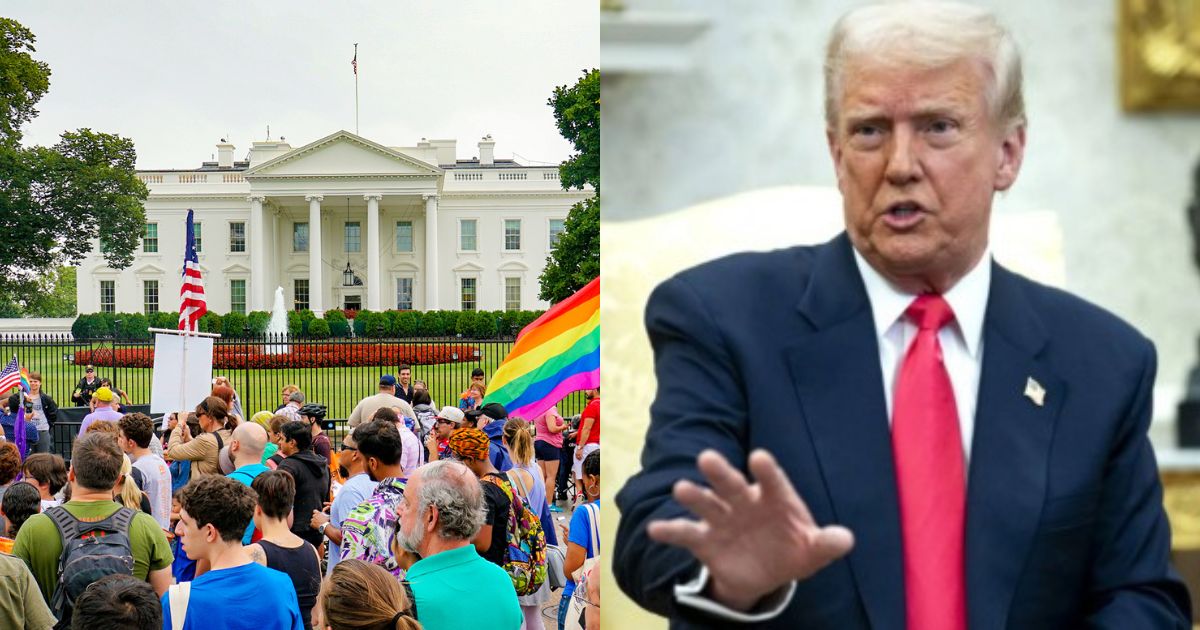Reports state that the amount of Transgender people residing in the United States of America is less than 1% of the total population. However, the element of surprise is that they have become a center of attraction in American politics. This has especially become visible in Donald Trump’s present presidential campaign as he has brought in several conservative rules regarding transgender rights, like inequality in healthcare sectors, gender-affirming, and participation in sports, to mention a few.
View on Threads
Among the recent actions that the US President has taken include the removal of references to transgender people from several places like government websites, restricting their passports, and also trying to ban them from military service.
View this post on Instagram
The country is seeing a cultural divide concerning the contrast between the small size of the transgender community and their prominence in political debates. To be precise, these can be stated as direct assaults on the civil rights of transgender people, but some people are also of the view that transgender rights have grown too far, which has reinforced the decision taken by Donald Trump.
The founder of Transgender Michigan, Rachel Crandall Crocker, along with the organizer of the first Transgender Day of Visibility, emphasizes the fact that the President is just attempting to silence this transgender community.
“What he wants is to scare us into being invisible again,” Crandall Crocker said. “We have to show him we won’t go back.”
An Old-School Strategy
Though Donald Trump imposing bans and doing stuff against the transgender community is not an element of surprise as this is his old school strategy. His focus on these transgender issues aligns with a more significant conservative movement that has become even bigger since the decision given by the Supreme Court in 2015, which legalized same-sex marriage.
Fordham University’s political science professor, Zein Murib, is of the view that this focus has shifted to transgender people, with a significant motive of strengthening Christian nationalist ideas.
“It took a few years, but some positions gained traction,” Murib explained.
A Divided Population
With the mixture of people still accompanying conservative ideas and people having modernistic views, public opinion in the United States is deeply divided. It was found that 55% of voters in the 2024 election supported the fact that transgender rights did go too far, with the majority among them being Trump Voters.
Another poll from the Pew Research Center presents that there has been some growing acceptance of policies that need transgender in sports concerning their sex at birth, along with several supporting restrictions on gender-affirming care for minors.
Manhattan Institute’s Leor Sapir suggests that the strategy from the President is certainly politically effective.
“They are putting their Democratic opponents in a very unfavorable position by having to decide between catering to their progressive, activist base or their median voter,” Sapir said.
However, several people are also of the view that this attention to transgender people eventually detracts from greater nationalistic concerns.
“People across the political spectrum agree that, in fact, the major crises and major problems facing the United States right now is not the existence and civic participation of trans people,” said Olivia Hunt, policy director for Advocates for Trans Equality.













